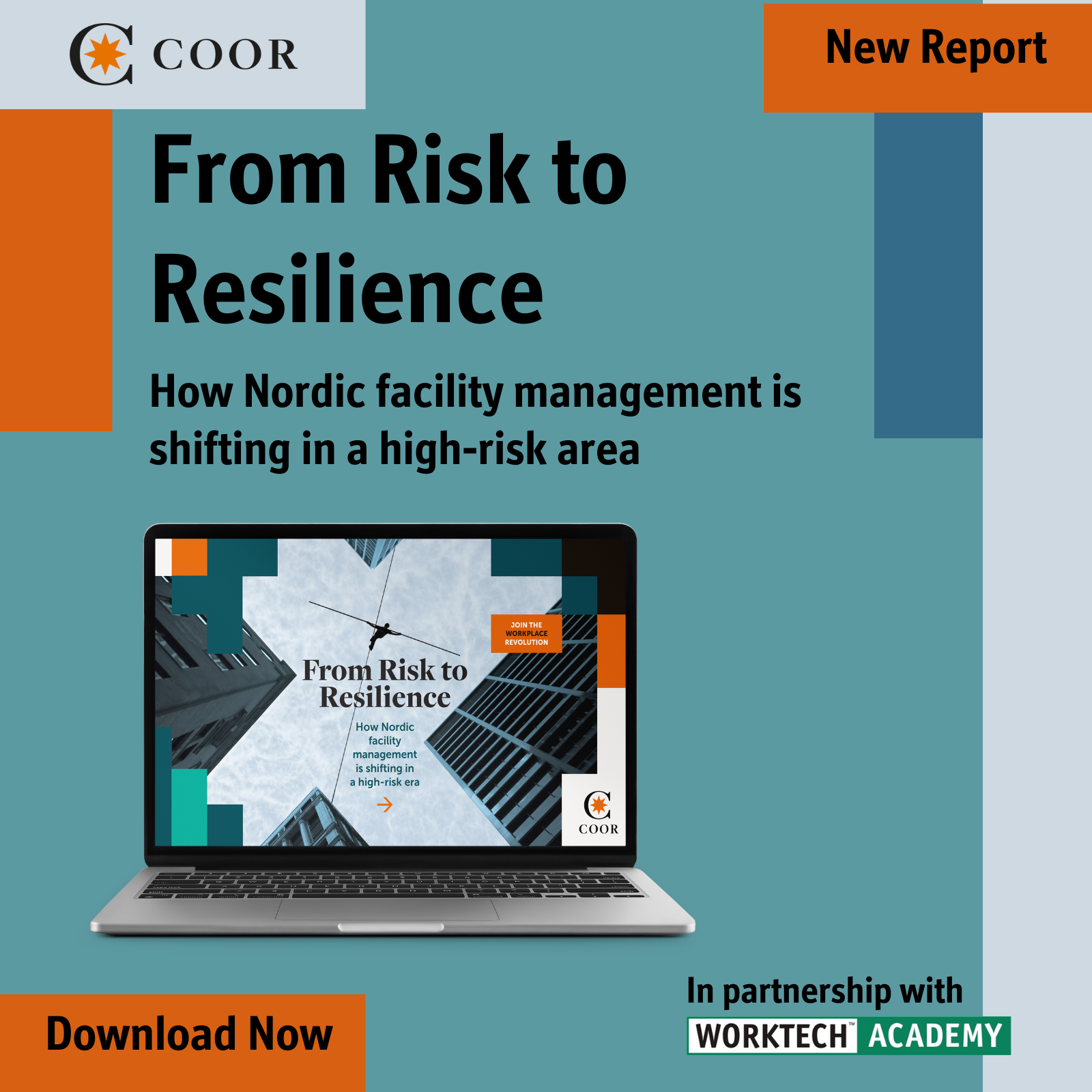Signal file: what this week’s headlines reveal about the pitfalls in AI
From talent gaps to skewed adoption and silent labour impacts, this week’s signals show that AI’s next chapter depends as much on people as on platforms
Staying ahead in the rapidly evolving world of work means tuning in to the signals shaping the future workplace. In this weekly column, we highlight the latest news on our radar and its implications on business.
This week, the conversation around AI shifts from buzzwords to enterprise infrastructure. As new tools emerge and protocols align, deeper questions surface around who is using AI, who’s being left out, and is it really reshaping work as we know it? These stories reveal that for AI to scale equitably and effectively, we need to focus people alongside the technology itself.
Study finds minimal AI tool’s impact on labour so far
A Danish study has found that generative AI tools like chatbots had no significant effect on wages or working hours in 2023-24. The findings challenge more disruptive forecasts, suggesting that short-term employment impacts of GenAI may be overstated, at least in their current form and use.
In action: Don’t assume immediate disruption. Monitor sector-specific shifts and invest in upskilling to prepare for longer-term GenAI integration.
The era of agent-to-agent collaboration begins
Microsoft is adopting Google’s newly launched open Agent2Agent protocol, which enables AI agents to communicate and collaborate across systems. The company plans to integrate the standard into Azure AI Foundry and Copilot Studio, marking a notable step toward interoperability in competitive AI ecosystems.
In action: Plan for a future of multi-AI collaboration. Prioritise tools and frameworks that support cross-platform communication and integration.
AI super users don’t reflect the broader workforce
New data from Morning Consult reveals that those most actively using AI tools skew heavily towards male, white, millennial, and college-educated people. Women, lower-income workers, and ethnic minorities remain underrepresented among AI’s early adopters, raising concerns about equity in the adoption curve and future opportunity and skills gaps.
In action: Treat AI literacy as a diversity issue. Proactively support underrepresented groups in upskilling.
The US AI engine is losing talent
AI research thrives on access to brilliant minds, but new report from Hoover Institution shows fewer experts are staying in or coming to the US. While data is often called the fuel of AI, it’s people who design, train and guide the systems. Without strategic investment in talent, the innovation pipeline could slow, risking the US’s global leadership.
In action: View talent strategy as core infrastructure. Protect your AI pipeline with inclusive hiring, education, and immigration reform because data alone isn’t enough to drive progress.








